1. Chile Report: Salmon Farming
At the beginning of 2019, we took the opportunity to visit salmon farming operations in the Chilean summer.
After our visit to Chile in 2019 (see blog 1 and blog 2), Bonafide decided to make another trip to the Chilean Pacific coast. In addition to visiting the salmon farms, we wanted to take a closer look at wild-caught fisheries in the country. With this in mind, we headed to the port of Coronel, home to the largest fleet fishing Chilean jack mackerel. The fishing activities here now provide an example for the industry as a whole, posting impressive results which refute common prejudices such as overfishing, bycatch or the majority use as feed for farmed animals. Increasing export volumes to Africa mean that local population has access to low-cost, nutritious sources of protein.
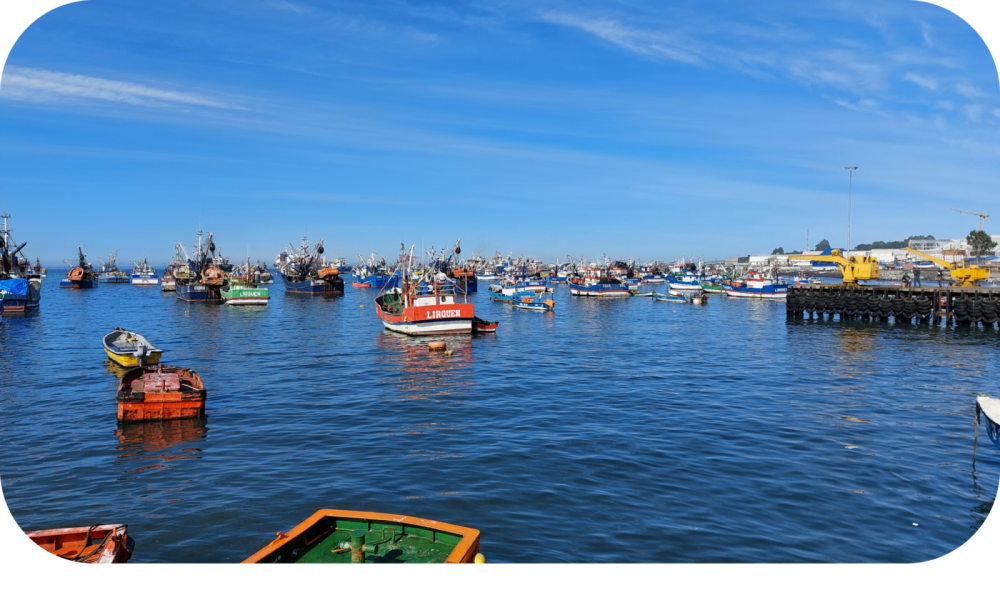
In the early nineties, the fishing of jack mackerel was booming. There seemed to be an endless supply of this biomass and by the mid-nineties, fishing activity was responsible for landing almost five million tonnes of this species of mackerel measuring approximately 40 cm. And it wasn’t just the South Americans; Europe and Asia were also involved in this supposed goldmine. However, catches quickly collapsed because swimming biomasses behave like forests: if you harvest a greater quantity than the biomass can replenish, sooner or later it will disappear. The Olympic catch model ("first come, first served") was already long since obsolete, yet it still took almost 20 years before scientific fishing quotas were agreed.
In 2013, jack mackerel catches slumped to their lowest ever volume at just 360,000 tonnes for the year, less than a tenth of catches at the peak of fishing activity. During this sustained downward cycle, the industry slimmed down from a financial perspective. Capital was withdrawn by significantly reducing the fleet and postponing work to modernise processing systems. Since scientific fishing quotas were implemented, the estimated biomass has increased fivefold in under ten years. The estimated biomass is now 11.2 million tonnes, corresponding to a complete recovery of mackerel stocks back to levels not seen since before 1990. In recognition of its efforts to be patient at the expense of short-term profit, the sector was awarded the MSC label in 2018. To prevent the industry from making the same mistake as before, fishing quotas can only be increased by a maximum of 15% per year. For 2022, the total allocated catch volumes are just over 800,000 tonnes. The sector can look forward to good times ahead, as quotas are likely to be increased for several more years until a sustainable level of fishing is reached.
The Chilean jack mackerel swims in homogeneous schools. Occasionally, other mackerel species mingle with their relatives, but the bycatch rate is less than 1%. Individual schools are identified by sonar and checked for their catchability (size, species). By using purse seine nets approximately 1.5 kilometres long and 100 metres deep, skippers can encircle and catch a specific school of fish. Fishing certification conditions stipulate that all bycatch must be reported and brought ashore. Independent inspectors often wait at the dock for the fleet to arrive, and have authorisation to board any vessel unannounced while still at sea. Once landed, the bycatch is sorted a second time and, where possible, used to produce fishmeal and fish oil for the feed industry. Interaction with hungry seagulls and sea lions, which also hunt the mackerel, has been reduced to an absolute minimum, according to the latest MSC report from July 2022.
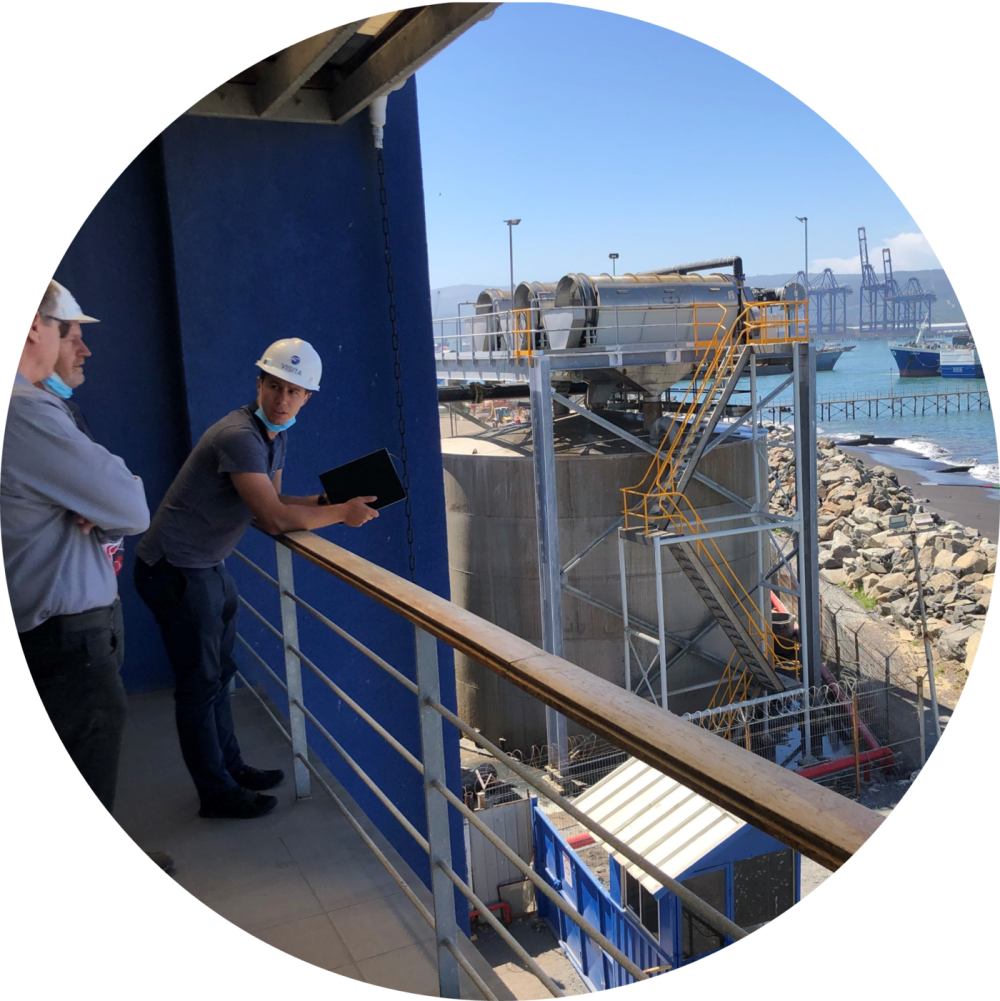
Activists like to harangue the fishmeal and fish oil industry by claiming that these raw materials would be better suited for consumption by the local population. We have nothing to add to this basic concept, and it would be extremely lucrative for fishing companies, as food offers better margins than feed ingredients even in low-income countries. But it presupposes that the locals want to eat the fish and will thus also act as buyers. And here we come to the crux of the problem: despite mackerel being fresh and cheap (around $1/kg), Chileans don’t like it. Over time, fishing companies have managed to build up a local market for canned fish with a variety of flavours, but demand is limited. Fortunately, a new sales channel for the low-priced fish protein has emerged: Africa. Nigeria, with a population of over 210 million inhabitants and a per-capita GDP of around $5,000, is demanding large volumes of mackerel and Chile is supplying them. Thanks to better refrigeration technology on board fishing vessels, 80% of the 2022 catch quota of over 800,000 tonnes is already going to markets for human consumption. Of this, more than 50% is exported frozen to Africa, providing the local population with a healthy and nutritious source of protein. And as Africa is the fastest growing continent in terms of population, consumption is bound to increase.
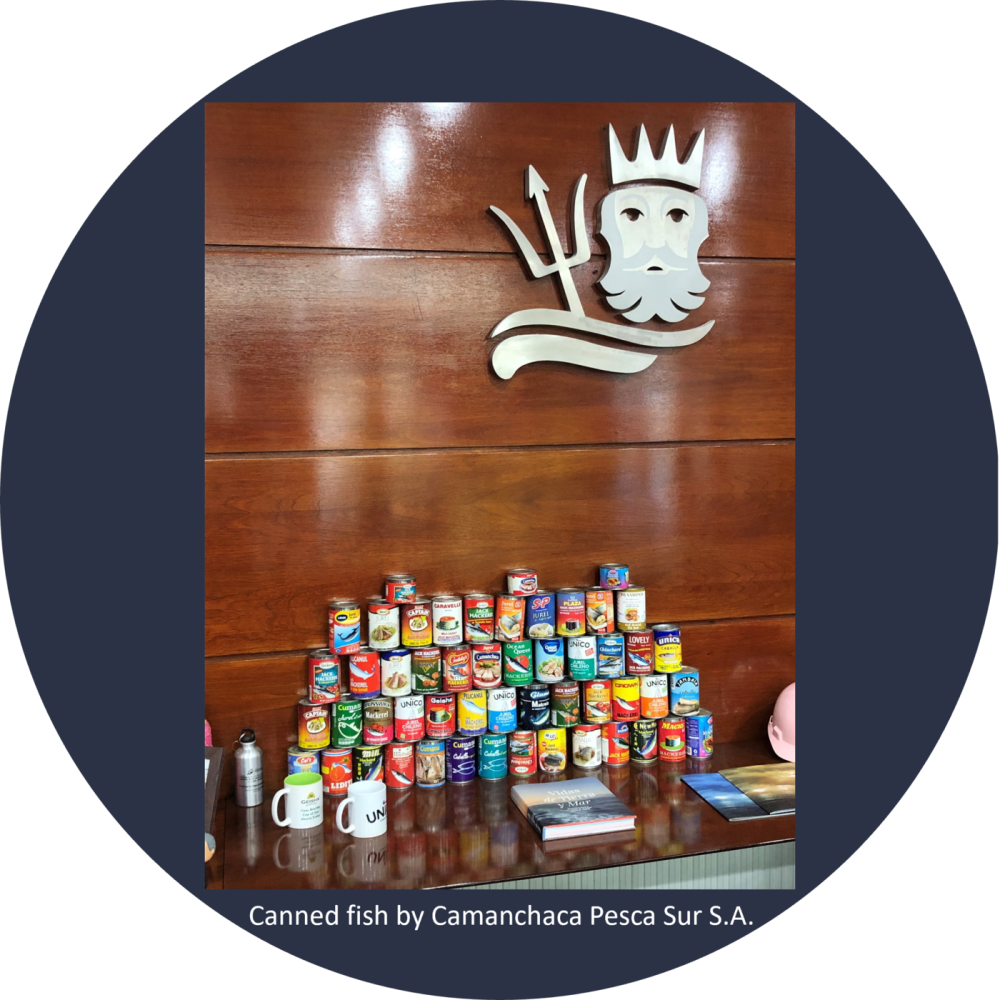
If you cast an eye over the port in Coronel, you will see that large fishing vessels are surrounded by numerous small boats. These independent fishermen with limited capacities are the exclusive owners of the fishing grounds in the five nautical miles closest to Chile’s coast. Among them, the Olympic model still exists. While policymakers’ hope is that this licensing regime will allow micro-entrepreneurs to make a handsome living, it also fails to capitalise on an excellent source of protein for human consumption. The small fishing boats are not sufficiently equipped to ensure the quality of catches for human consumption, especially due to a lack of refrigeration. Therefore, whatever these boats catch is exclusively processed into fish meal and fish oil for the animal feed industry. The second big question mark is the carbon footprint left by multiple small boats; a single, larger vessel achieves much lower fuel consumption per kilo of fish caught due to economies of scale. The capitalist recommendation would therefore be for local fishermen to join forces, thus enabling them to buy larger, more efficient vessels. As long as each fisherman keeps his share of the business, he will have more money in his wallet at the end of the day thanks to economies of scale and cost advantages.
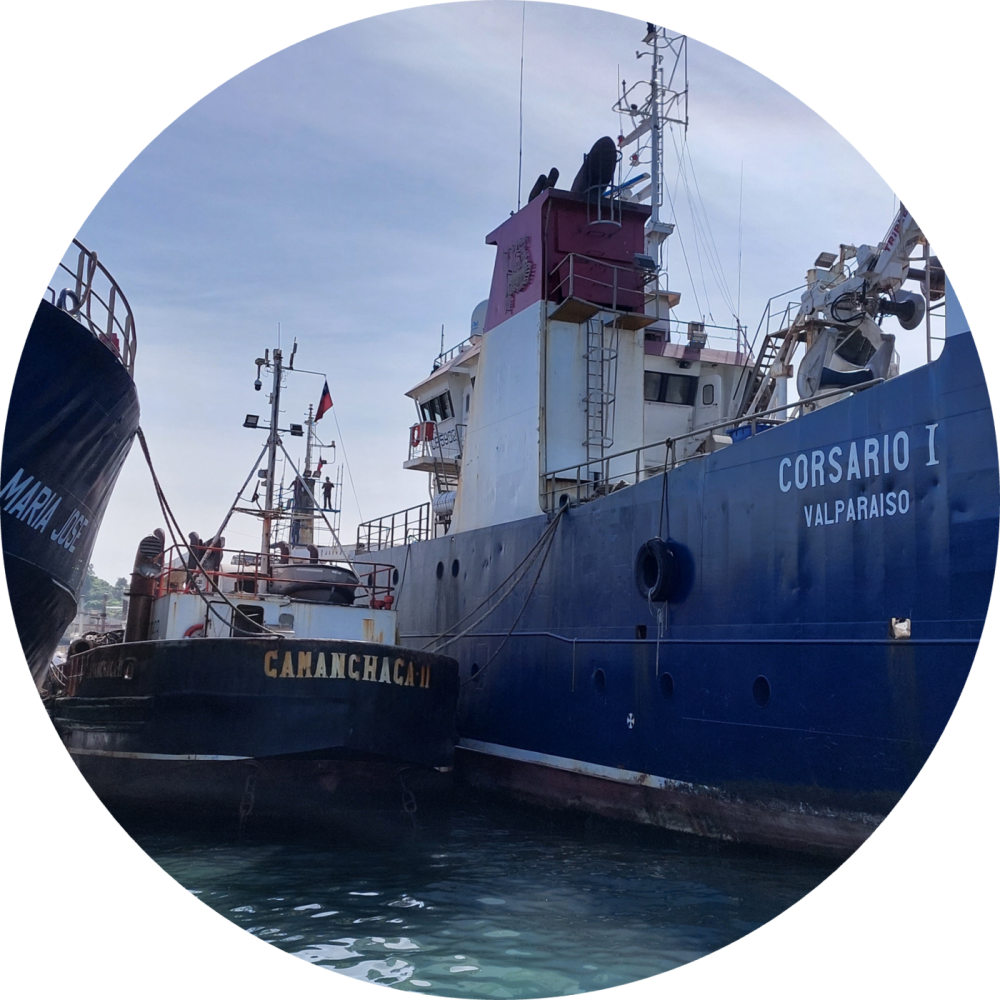
The recovery of Chilean jack mackerel stocks points to a new golden age for the port of Coronel. The increase in quotas allows fishing companies to plan for growth, while the gradual nature of the increase is a blessing in two ways. Firstly, existing capacities can be fully exploited. As wild fishing involves high fixed costs, the final percentage points of capacity are particularly lucrative. Only once these have been fully exploited is it necessary to invest in expanded capacity, but such expansions must be carefully planned. And secondly, capped supply growth also gives suppliers time to develop markets for this nutritious fish, thus avoiding the rapid “boom and bust” cycle with which we are all too familiar. The doors are wide open for Coronel to turn itself into a sustainable fishing port and provide poorer countries with a low-priced source of protein.
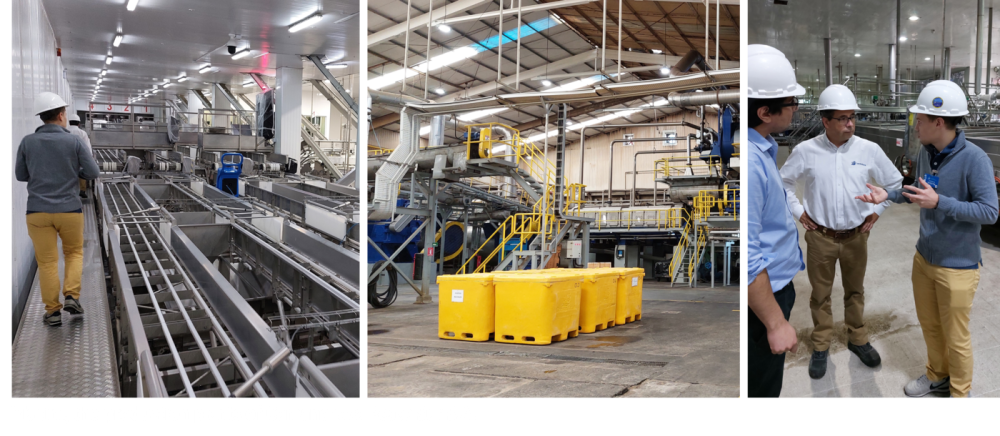
Comments